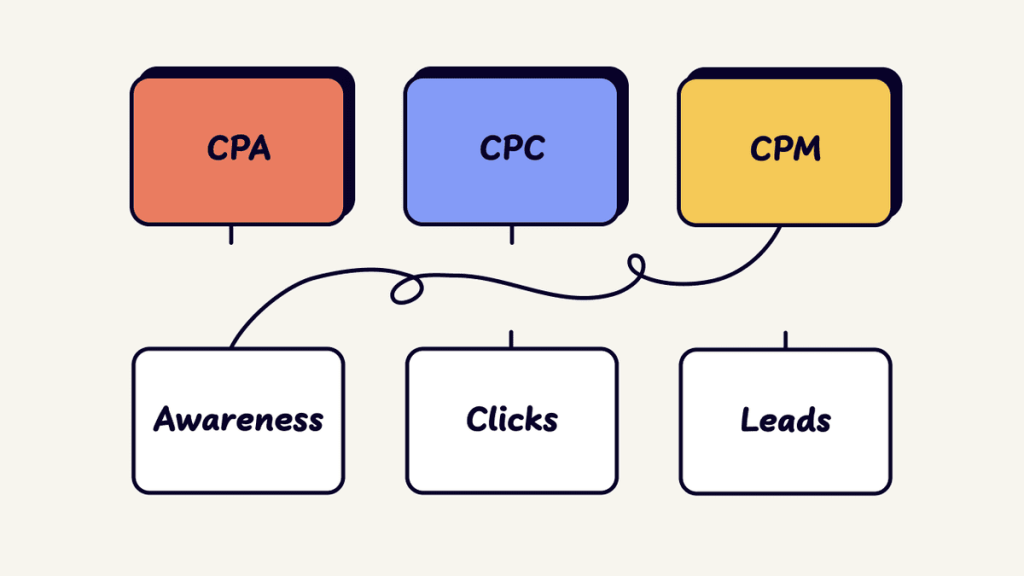Understanding the difference between CPA CPC and CPM is vital for creating effective digital marketing strategies. These key advertising models—Cost Per Action (CPA), Cost Per Click (CPC), and Cost Per Mille (CPM)—each serve unique purposes and cater to specific campaign goals. Below, Crared will help you explore their features, applications, and calculations, and how to decide which one aligns best with your objectives.
What Is CPC (Cost Per Click)?
Definition and Purpose
CPC, or Cost Per Click, is a pricing model where advertisers pay only when a user clicks on their ad. It’s widely used in platforms like Google Ads and Bing Ads, making it a go-to option for businesses focusing on driving website traffic or generating leads. Understanding how CPC fits into the difference between CPA CPC and CPM will help you evaluate its relevance to your campaigns.
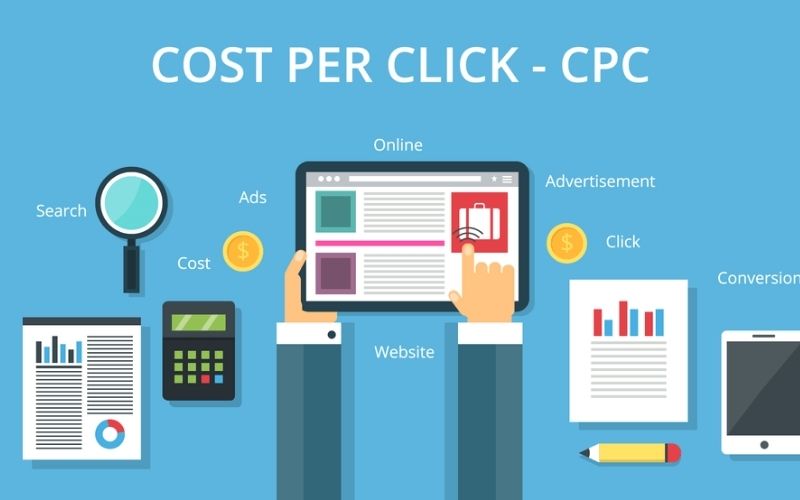
How CPC Works
Advertisers set a maximum bid or budget to control spending. When a user clicks the ad, the advertiser is charged based on the bid and the platform’s algorithm. This ensures cost control while targeting specific audiences.
Benefits of CPC
- Precise Tracking: Easily measure campaign performance by tracking clicks and conversions.
- Cost-Effectiveness: You pay only for interested users who click on your ad.
- Flexibility: Ideal for businesses focused on direct engagement.
How to Calculate CPC
To determine CPC, use this formula: CPC = Total Campaign Cost/Number of Clicks
For instance, if your campaign costs $500 and generates 250 clicks, the CPC is $2. This clarity is crucial when analyzing the difference between CPA CPC and CPM.
What Is CPM (Cost Per Mille)?
Definition and Purpose
CPM, or Cost Per Mille, represents the cost of delivering an ad to 1,000 impressions. This model is commonly used in display advertising to maximize visibility and brand awareness.
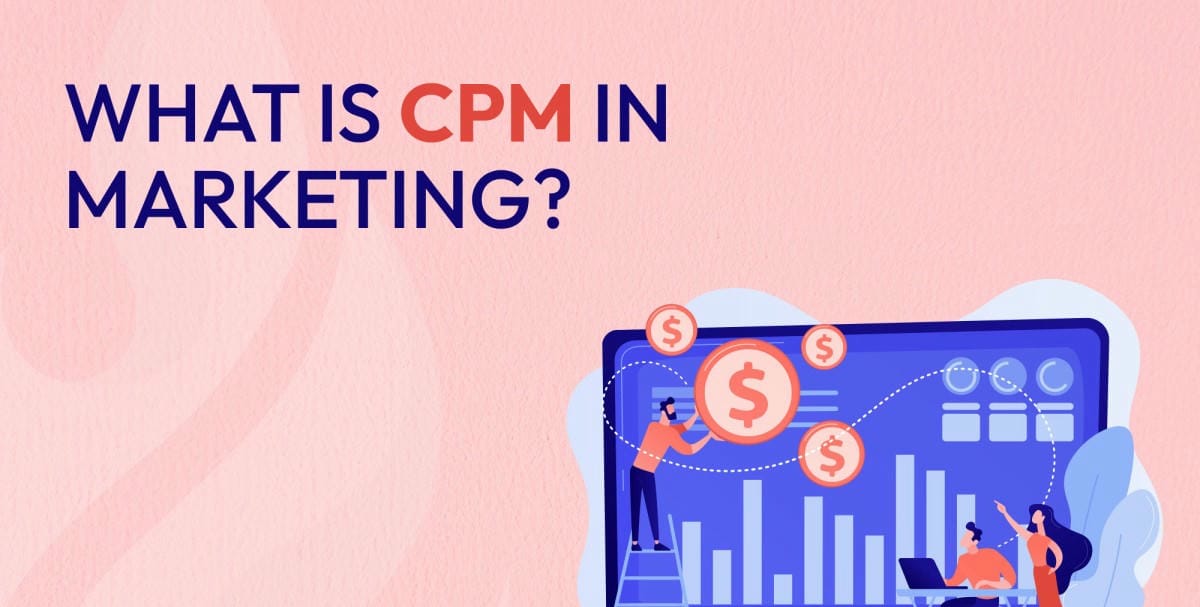
How CPM Works
CPM campaigns charge advertisers based on impressions rather than clicks or actions. For example, a $10 CPM rate means paying $10 for every 1,000 views of your ad. Understanding this structure is key when evaluating the difference between CPA CPC and CPM.
Benefits of CPM
- Brand Awareness: Increases visibility by reaching large audiences.
- Predictable Costs: Easy to forecast expenses based on impression goals.
- Control Over Placements: Advertisers can choose specific websites or platforms for ad display.
How to Calculate CPM
Here’s the formula for CPM: CPM = (Total Campaign Cost×1,000)/Total Impressions
For example, if your budget is $200 and your ad gets 50,000 impressions, the CPM is $4. This calculation highlights how CPM fits into the difference between CPA CPC and CPM.
What Is CPA (Cost Per Action)?
Definition and Purpose
CPA, or Cost Per Action, charges advertisers only when a predefined action occurs. This could include a sale, signup, or app installation. It’s also referred to as Cost Per Acquisition, emphasizing its performance-driven nature.
How CPA Works
CPA campaigns trigger payments only when a conversion occurs. This ensures advertisers maximize ROI by focusing on tangible outcomes. Recognizing CPA’s role in the difference between CPA CPC and CPM helps clarify its effectiveness for conversion-focused strategies.
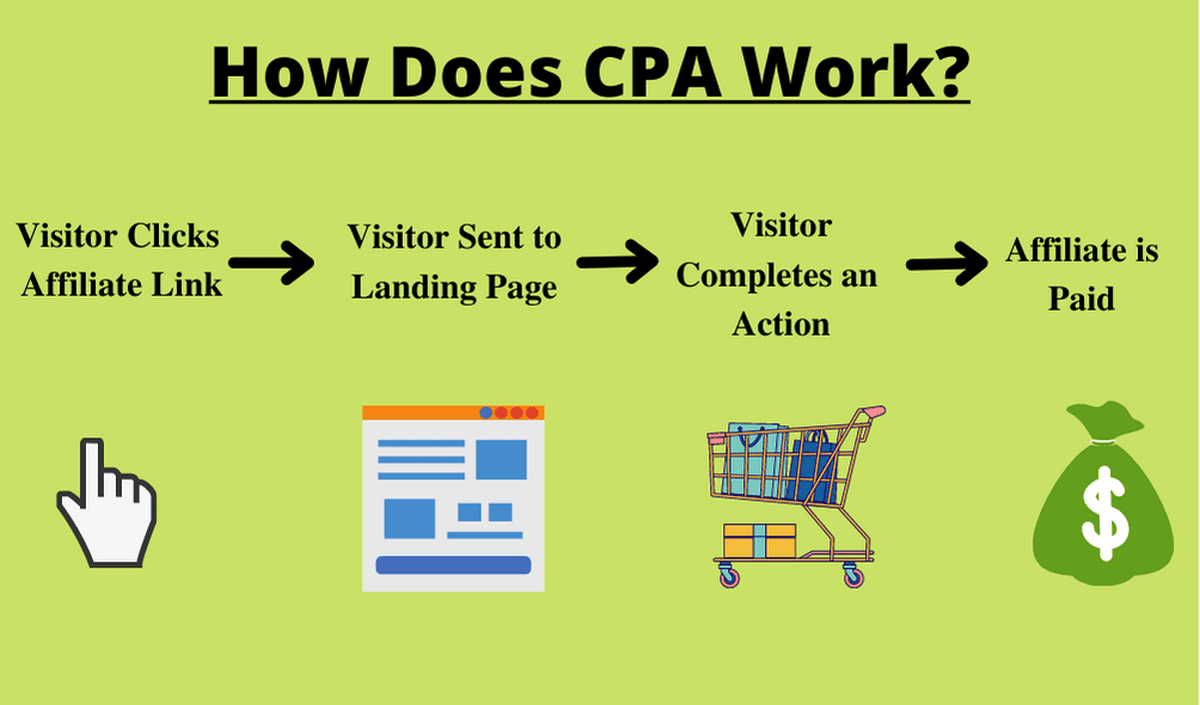
Benefits of CPA
- High ROI: Pay only for successful conversions, ensuring efficiency.
- Action-Oriented: Tailored for campaigns with clear objectives like sales or subscriptions.
- Accurate Measurement: Easily calculate revenue and profitability from ad campaigns.
How to Calculate CPA
Use this formula to calculate CPA: CPA = Total Campaign Cost/Number of Conversions
For example, if you spend $1,000 and generate 20 conversions, your CPA is $50.
Comparison Table Of The Difference Between CPA CPC and CPM
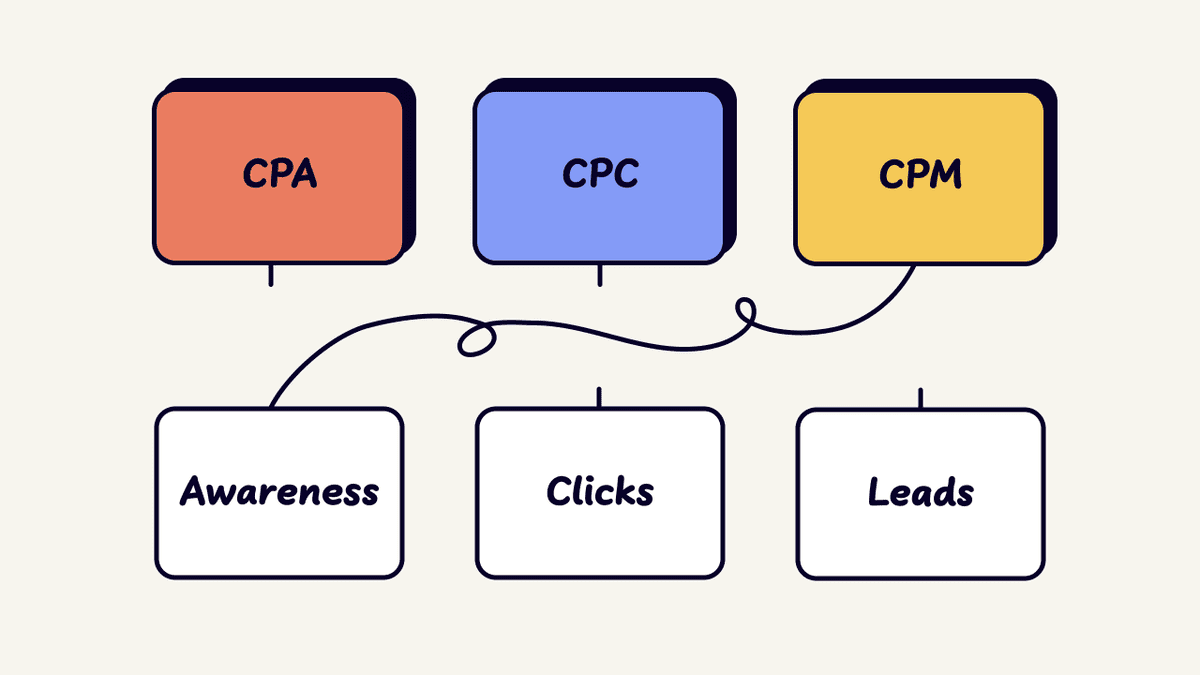
| Aspect | CPM (Cost Per Mille) | CPC (Cost Per Click) | CPA (Cost Per Action) |
| Advertiser’s Perspective | Pay for every 1,000 impressions. Focused on reaching large audiences for visibility and branding. | Pay when users click the ad, making it highly measurable and focused on engagement. | Pay only when a specific action, such as a sale or signup, is completed. Highly results-oriented. |
| Publisher’s Perspective | Earn revenue for every 1,000 impressions displayed on their platform. Predictable and volume-based earnings. | Earn per user click on the ad. Drives engagement but depends on high click-through rates (CTR). | Earn only when a conversion, like a purchase or subscription, occurs. Revenue depends on traffic quality. |
| Formula | CPM=ImpressionsCampaign Cost×1,000 | CPC=ClicksCampaign Cost | CPA=ConversionsCampaign Cost |
| Upside for Advertisers | Affordable with a wide reach. Ideal for brand awareness campaigns. | Cost-effective with a high viewability rate. Great for generating leads or website traffic. | Risk-free as advertisers pay only for successful conversions. |
| Upside for Publishers | Simple revenue model with predictable payouts. | Encourages more advertisers and increases potential ad inventory demand. | High earnings potential if the traffic is high-quality and conversion-oriented. |
| Downside for Advertisers | Doesn’t guarantee user engagement or conversions. | Can be costlier than CPM and requires skilled optimization to achieve ROI. | Expensive and heavily reliant on high-conversion traffic. |
| Downside for Publishers | Lower earnings compared to performance-based models. | Requires strong CTR to maximize revenue. May drive users away from content. | Difficult to track and achieve conversions consistently. |
| Most Suitable For | Awareness and branding campaigns, such as product launches. | Performance-driven campaigns like affiliate marketing or sponsored social posts. | Action-focused campaigns, like flash sales or app subscriptions. |
| Place in the Funnel | Top of the funnel—ideal for building visibility and reach. | Middle of the funnel—drives engagement and interactions. | Bottom of the funnel—focused on final conversions. |
When to Choose CPA, CPC, or CPM
- CPA: For Conversions: Use CPA when your goal is to drive specific user actions, such as purchases or signups. This model is particularly useful for e-commerce and affiliate marketing campaigns.
- CPC: For Traffic: Opt for CPC if you aim to drive visitors to your website or landing page. This model works well for businesses launching new products or services.
- CPM: For Awareness: Choose CPM when your focus is on creating brand visibility. It’s commonly used in the early stages of campaigns targeting broad audiences.
Conclusion
Understanding the difference between CPA CPC and CPM allows you to align your digital marketing campaigns with specific goals. For conversions, CPA is the go-to model. For engagement, CPC is the most effective, while CPM works best for building brand awareness.
Choosing the right model depends on your campaign objectives, audience, and budget. By leveraging these insights through Crared‘s article you can enhance ROI and ensure your strategy delivers measurable results.

